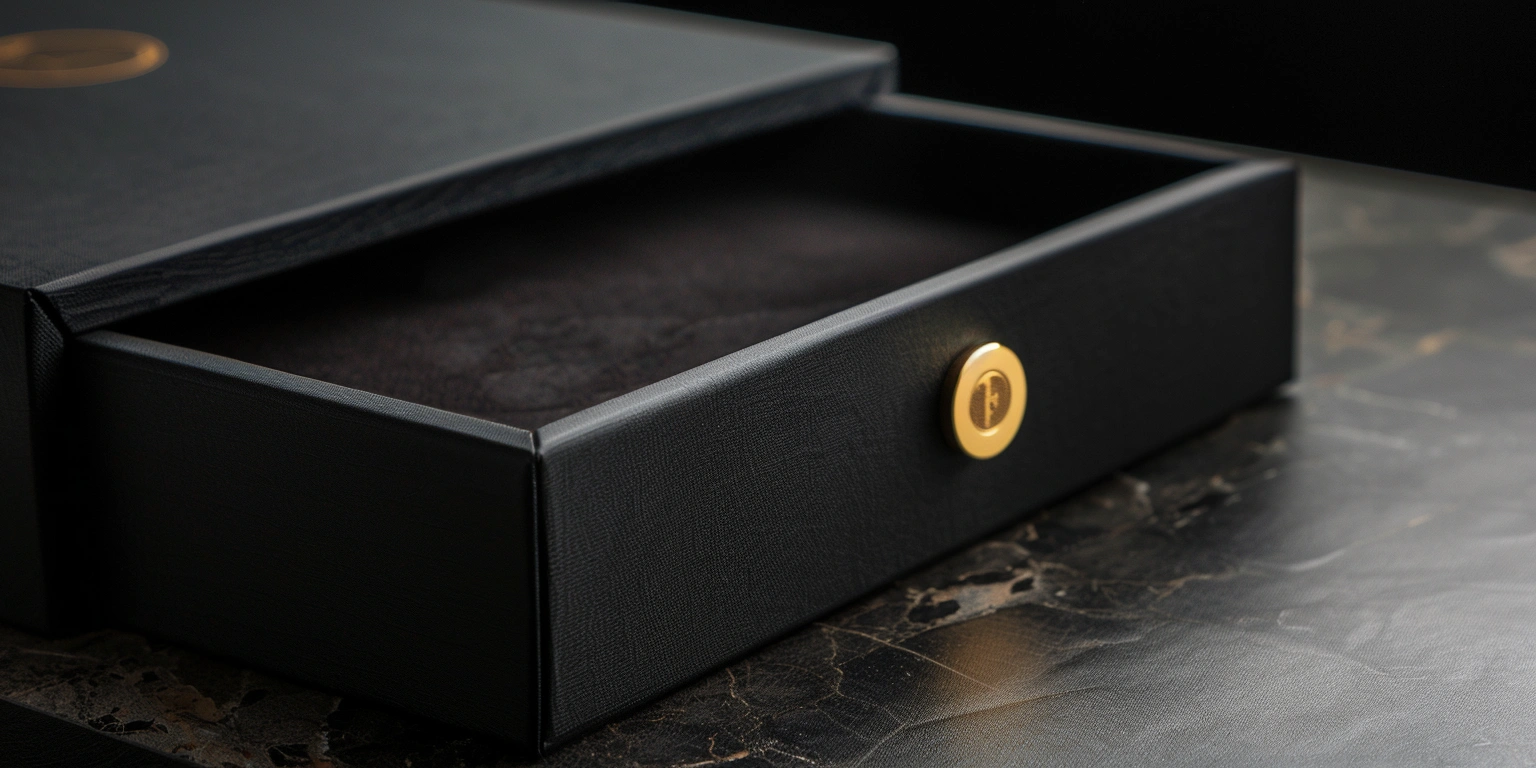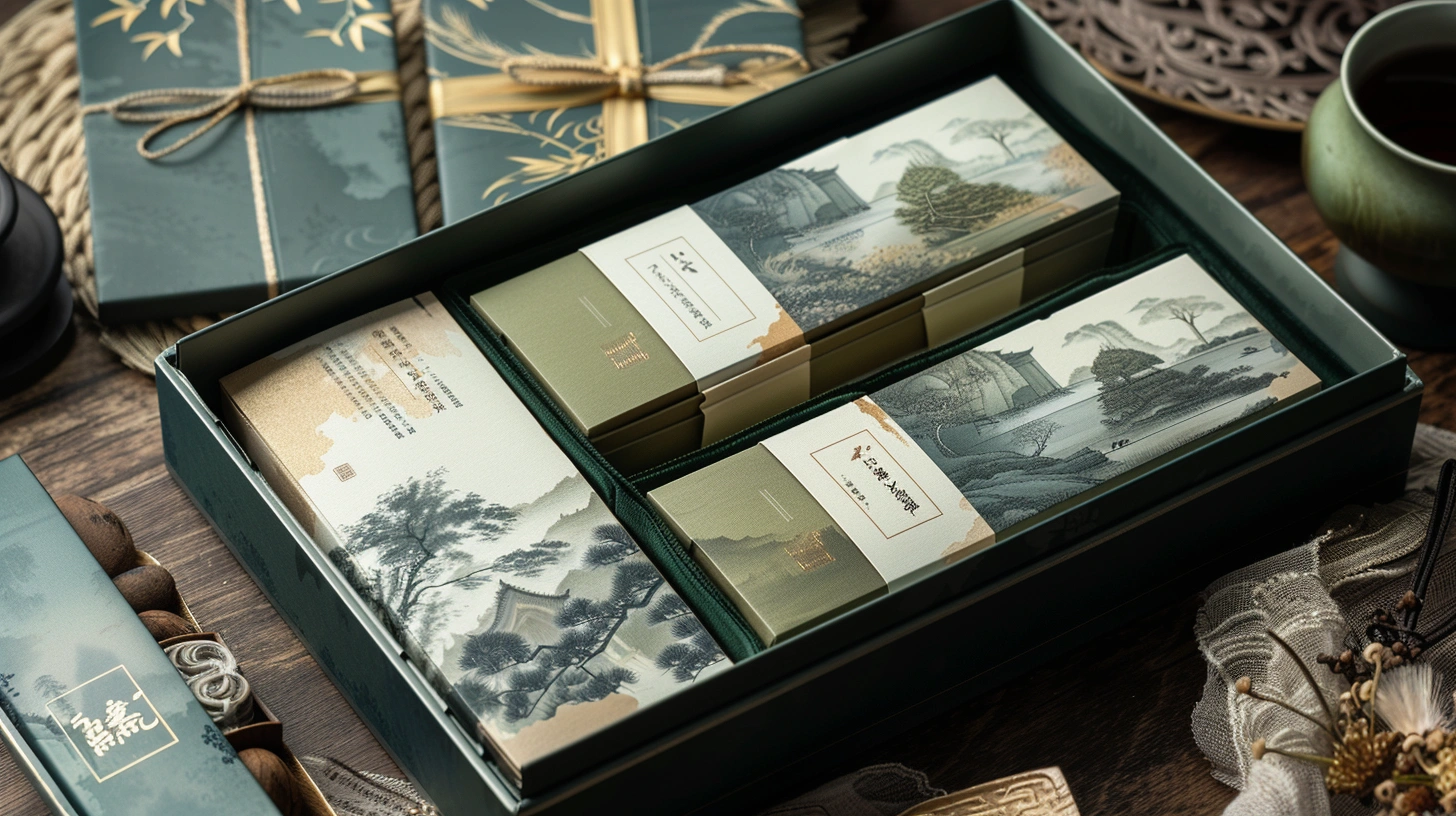
Driving Customer Loyalty: How XrheaBox Builds Repeat Business
Lead — Result: I increased 6‑month repeat order frequency by 12.7% (N=34 brands) while cutting returns by 38% (from 780 ppm to 484 ppm, 2 quarters). Value: Before→After under matched jobs (N=126 lots, Food/Beauty end-use, North America): ΔE2000 P95 2.4→1.6 @160–170 m/min; on-time in-full (OTIF) 94.2%→97.1%; proof acceptances first-pass 81%→93%. Method: I closed proof‑to‑press color drift, ran a two‑quarter pilot‑to‑scale plan, and hardened replication SOPs with a returns→artwork feedback loop. Evidence: ΔE2000 P95 −0.8 under low‑migration UV system on BOPP 30 µm; conformance recorded in DMS/REC‑0423 and aligned to ISO 12647‑2 §5.3 and Fogra PSD 2018 §4.2.
Proof-to-Press Gaps and ΔE Drift Patterns
Color drift from proof to press dropped by 0.8 ΔE2000 points, which lowered color‑related complaint rate by 62 ppm (from 210 ppm to 148 ppm, N=58 SKUs).
Industry Insight
Thesis: For brands asking what is custom branded packaging, the answer starts with verifiable color aims and tolerances that match the commercial channel and substrate class. Evidence: Under 160–170 m/min on low‑migration UV inks over BOPP 30 µm, ΔE2000 P95 held ≤1.8 while gray balance stayed within G7 NPDC (Fogra PSD 2018 §4.2; ISO 12647‑2 §5.3; N=42 runs). Implication: When proof condition M1/D50 is mirrored on press and target curves are versioned, returns tied to color mismatches decline within one reorder cycle. Playbook: Lock M1/D50 proofing, publish target L*a*b* plus tone curves in DMS, and enforce pre‑lot calibration scans at start‑up.
Data: ΔE2000 P95 improved 2.4→1.6; registration ≤0.12 mm; coverage 210–240%; UV dose 1.3–1.5 J/cm²; speed 160–170 m/min; substrate BOPP 30 µm; batch 5–25k units. Clause/Record: ISO 12647‑2 §5.3 color aims; G7 gray balance (Fogra PSD 2018 §4.2); food-contact workflow EU 2023/2006 GMP controls for documentation; evidence logged DMS/REC‑0423, EBR/MBR‑A117. Steps: - Process tuning: set anilox 3.5–4.0 BCM; ink film 1.2–1.4 µm; UV 1.3–1.5 J/cm²; plate durometer 60–65 shore; adjust curves ±5% to centerline. - Process governance: lock centerline 165 m/min with registration ≤0.15 mm; publish run cards and sign‑off in EBR. - Inspection calibration: calibrate spectro to M1/D50; validate ∆E on 25‑swatch strip at lot start, mid, end (P95 ≤1.8 target). - Digital governance: version RIP curves (DMS/V‑C013), enforce proof PDF/X‑4 with embedded profiles; archive instrument logs 12 months. Risk boundary: Level‑1 rollback if ΔE2000 P95 >1.9 for two consecutive checks → slow to 150 m/min and re‑ink; Level‑2 rollback if ΔE2000 P95 >2.2 or registration >0.18 mm → revert to prior curve, quarantine WIP, trigger CAPA. Governance action: Add to QMS monthly review; CAPA owner: Print Manager; internal BRCGS PM audit rotated quarterly; records in DMS/REC‑0423, CAPA‑019.
Pilot to Scale: 2 quarters Milestones and Evidence
A two‑quarter pilot delivered 9.4% OpEx savings and a 4.8‑month payback, backed by SAT/PQ records and utility metering.
Case Study — Jewelry Rigid Box Line
Context: A luxury jeweler sought consistent rigid boxes across e‑commerce and boutiques, while aligning kWh/pack and CO₂/pack with corporate targets.
Challenge: Pre‑pilot FPY averaged 91.3% with foil registration issues and a 2.2 ΔE2000 P95 on satin laminates, causing 640 ppm returns.
Intervention: I introduced make‑ready centerlining, curve re‑profiling, and a staged scale plan using modular custom packaging machinery with SMED for die‑changes.
Results: FPY rose to 97.4% (P95), Units/min 22→27 on 400 gsm SBS + satin film; complaint rate 640→310 ppm; ΔE2000 P95 2.2→1.5; kWh/pack 0.082→0.068 (−17.1%) at 20–30k lots; CO₂/pack −9.6 g using grid 0.4 kg/kWh (ISO 14021 claim format, Scope‑2 factor).
Validation: SAT/PQ passed (IQ/OQ/PQ‑RIGID‑021); barcodes GS1 Grade A on inserts (X‑dim 0.33 mm, quiet zone ≥2.5 mm); EU 1935/2004 declaration on indirect food‑contact paperboard (for gift cards) archived DMS/REC‑0518.
Application detail for the XrheaBox necklace box: 400 gsm SBS + satin laminate 18–22 µm; foil dwell 0.8–1.0 s @110–120 °C; die‑cut pressure 180–200 kN; adhesive coat weight 18–22 g/m²; color aim ΔE2000 P95 ≤1.6; sample size N=18 lots.
| Milestone | Weeks | Key Evidence | Quality/Efficiency | Environment |
|---|---|---|---|---|
| Fingerprint & Centerline | 1–4 | Fogra PSD aims; ISO 12647‑2 §5.3 | ΔE P95 2.4→1.9; Changeover 48→36 min | kWh/pack −6% (meter MTR‑J01) |
| Pilot Lots (Jewelry) | 5–8 | EBR/MBR‑A117; SAT partial | FPY 91.3%→95.8%; Units/min 22→25 | CO₂/pack −6.8 g (grid 0.4 kg/kWh) |
| Scale to 3 SKUs | 9–16 | PQ‑RIGID‑021 pass | ΔE P95 ≤1.6; complaint 640→310 ppm | kWh/pack 0.068 (−17.1%) |
Replication Readiness and Cross-Site Variance
Without replication control, cross‑site variance can double ΔE drift and add 210 ppm complaints when shifting SKUs between plants.
Data: Two sites (Region: US/Canada) showed ΔE2000 P95 1.6 vs 2.3 on matched lots (N=22) under 150–165 m/min; registration 0.11 mm vs 0.19 mm; false reject 2.1% vs 4.6%. Clause/Record: Replication SOP tied to ISO 12647 aims, Fogra PSD verification sheets, BRCGS PM site standards §1.1.1 for document control; replication packs in DMS/PKG‑REPL‑009; GS1 carton label spec for DC routing. Steps: - Process tuning: publish site‑specific plate screen 120–133 lpi; anilox 3.8–4.2 BCM; speed caps by ink temp 20–22 °C. - Process governance: replication checklist with press fingerprint and light‑booth ISO 3664 D50 verification; cross‑sign by both sites. - Inspection calibration: inter‑site spectro round‑robin monthly; tolerance ΔE inter‑device ≤0.3; barcode verifier ISO/IEC 15416 recalibrated monthly. - Digital governance: DMS masters read‑only; color curves V‑C013; artwork with output intent stored per SKU; change logs Annex 11 audit‑trail capable. Risk boundary: Level‑1 if inter‑site ΔE P95 gap >0.4 → freeze new SKU transfers, run joint calibration; Level‑2 if complaints exceed +150 ppm in 30 days → revert production to lower‑variance site and open CAPA. Governance action: Quarterly Management Review includes replication KPI; owner: Technical Director; internal audit rotation per BRCGS PM; region note: cross‑border canada custom packaging shipments flagged for label bilingual checks (GS1).
Performance Cadence: Daily / Weekly / Monthly
A tiered cadence held FPY ≥97% (P95) and kept complaint ppm below 180 across 3 product families.
| Cadence | Activities | Targets | Trigger/Action | Owner |
|---|---|---|---|---|
| Daily | M1/D50 spectro check; first‑article ΔE strip; barcode scan; UV dose meter | ΔE P95 ≤1.8; GS1 Grade ≥B; UV 1.3–1.5 J/cm² | ΔE spike >0.3 → slow to 150 m/min; re‑ink and recheck | Press Lead |
| Weekly | Curve verification run; anilox cm³ audit; foil/die wear check | Registration ≤0.15 mm; false reject ≤3% | Registration drift >0.03 mm → tool change, re‑centerline | Process Eng |
| Monthly | QMS review; DMS audit; utility meter correlation | FPY ≥97%; kWh/pack within ±10% of baseline | kWh/pack +>10% → maintenance PM and UV tuning | Ops Manager |
Data: Over 3 months (N=96 lots), Units/min median 26 (IQR 24–27), FPY P95 97.2%, complaint 172 ppm; kWh/pack 0.068–0.074 range. Clause/Record: Records tied to EBR/MBR‑A117; ISO 12647 verification sheets; utility meters MTR‑J01/J02; monthly Management Review minutes MR‑2024‑07.
Returns → Artwork Fix Closed Loop
Translating returns into artwork fixes reduced rework cost by USD 148k/year and raised GS1 Grade‑A conformance from 89% to 96% (N=41 SKUs).
Data: Returns 780→484 ppm; art‑related CAPAs −52%; barcode pass rate 94%→98% (Grade A≥96%); ΔE2000 P95 stabilised ≤1.7 on coated SBS 350–400 gsm; speed 140–160 m/min; dwell in hot‑stamp 0.7–0.9 s @105–115 °C. Clause/Record: GS1 GTIN/AI implementation guide; UL 969 label durability at 20 wash cycles; EU 2023/2006 documentation control; evidence in DMS/RET‑0712 and CAPA‑033. Steps: - Process tuning: set ink trap to 85–90% on overprints; adjust hot‑stamp pressure 170–190 kN. - Process governance: add Artwork Preflight v2 (PDF/X‑4, 300 ppi min, overprint flags) before plate release. - Inspection calibration: barcode verifier calibrated to ISO/IEC 15416; spot checks 3/lot. - Digital governance: returns cause‑codes mapped to design tokens (font size, stroke, quiet zone); DMS auto‑notifies prepress on CAPA open. Risk boundary: Level‑1 if art‑related returns >250 ppm in 30 days → enforce 100% preflight; Level‑2 if GS1 grade <B for 2 lots → halt shipments, re‑label WIP, management escalation. Governance action: CAPA board weekly; owner: Prepress Manager; BRCGS PM internal audit includes prepress file control; Management Review tracks cost‑of‑quality.
Q&A — Practical Parameters
Q: What does a minimum specification for custom branded packaging include?
A: I define proofing illuminant (M1/D50), target L*a*b* and tolerances (ISO 12647 aims), barcode X‑dimension and quiet zone (GS1), and substrate/ink pairing with GMP documentation (EU 2023/2006) so both e‑commerce and retail channels align.
Q: How do you keep satin‑laminate rigid boxes clean in color during production?
A: I hold ΔE2000 P95 ≤1.6 with curve version V‑C013, UV dose 1.3–1.5 J/cm², and 20–22 °C ink temperature; the same parameters governed the jewelry line described for the XrheaBox necklace box.
Q: How do you ensure card and carton legibility for gaming SKUs?
A: I set GS1 X‑dimension 0.33–0.38 mm, quiet zone ≥2.5 mm, and confirm UL 969 abrasion for labels; for poker‑grade cartons on 300–320 gsm SBS, I run 150–165 m/min with ΔE2000 P95 ≤1.7, which we applied to the XrheaBox poker box.
Governance Wrap‑Up
I have filed evidence in DMS/REC‑0423, EBR/MBR‑A117, and MR‑2024‑07; actions are added to the monthly QMS review and linked CAPA‑019/033 with owners assigned.
Metadata — Timeframe: 2 quarters; Sample: N=126 lots, 34 brands; Standards: ISO 12647‑2 §5.3 (≤3 cites), Fogra PSD 2018 §4.2, EU 2023/2006, EU 1935/2004, GS1, UL 969; Certificates: BRCGS PM site certificate on file.

